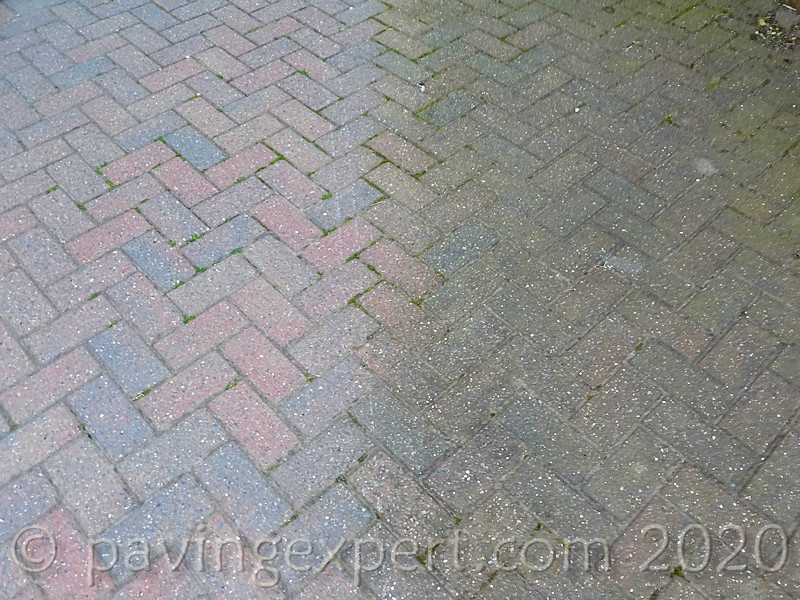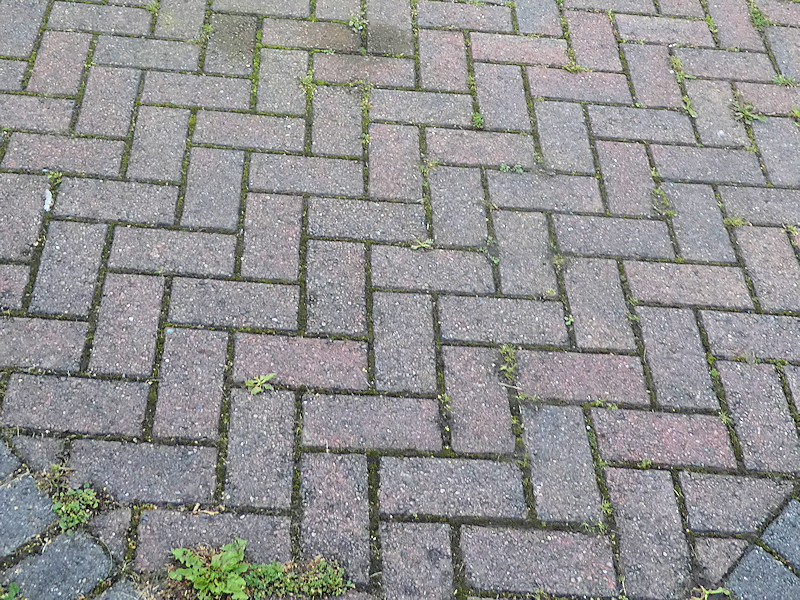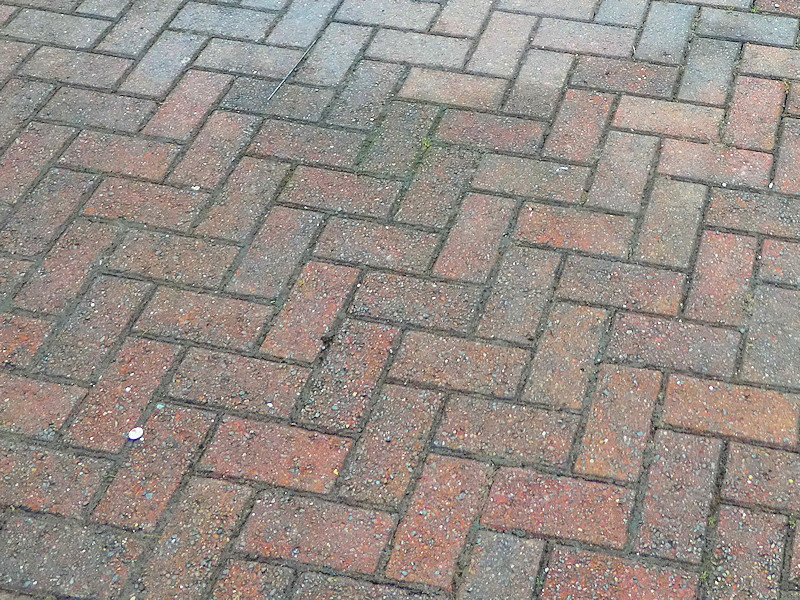Introduction:
All sorts of paving are affected by the greenish scourge known as “Algae”, a microscopic and multitudinous plant that will colonise almost any surface where there’s moisture available, rendering it revoltingly verdant and, in time, turning mucky brown as the algae matures and dies off. This gives paving that unmistakable ‘dirty’ look, grotty and unclean and neglected.
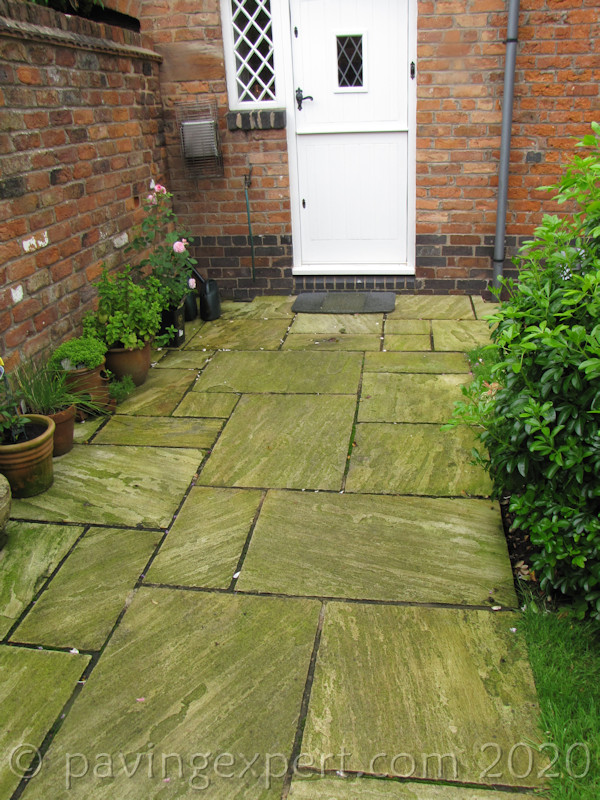
Cleaning it off is, thankfully, relatively easy, but keeping it clean is another matter. Repeated washing down is effective but labour intensive and time-consuming. Sealants work for a short while, but even the best ones can’t keep algae at bay for more than a season or so. For those willing to consider chemical warfare, a biocide can make a huge difference, as explained below.
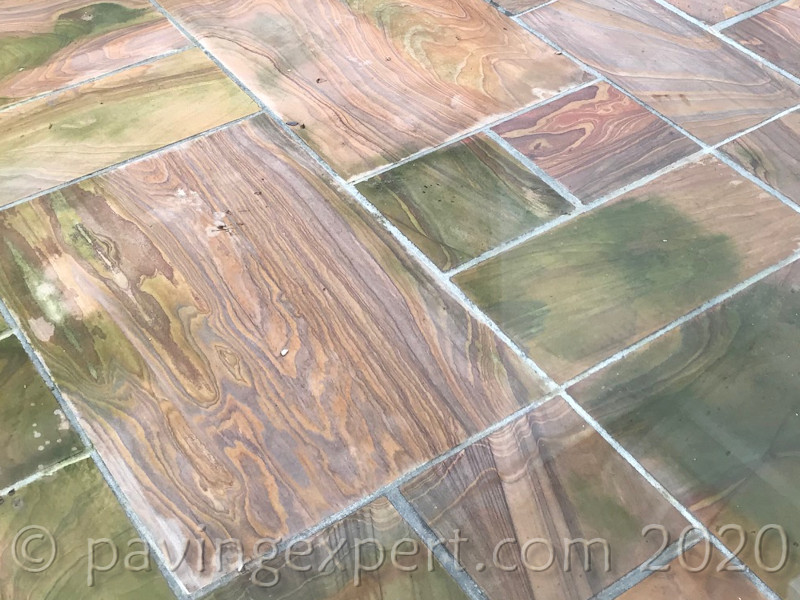
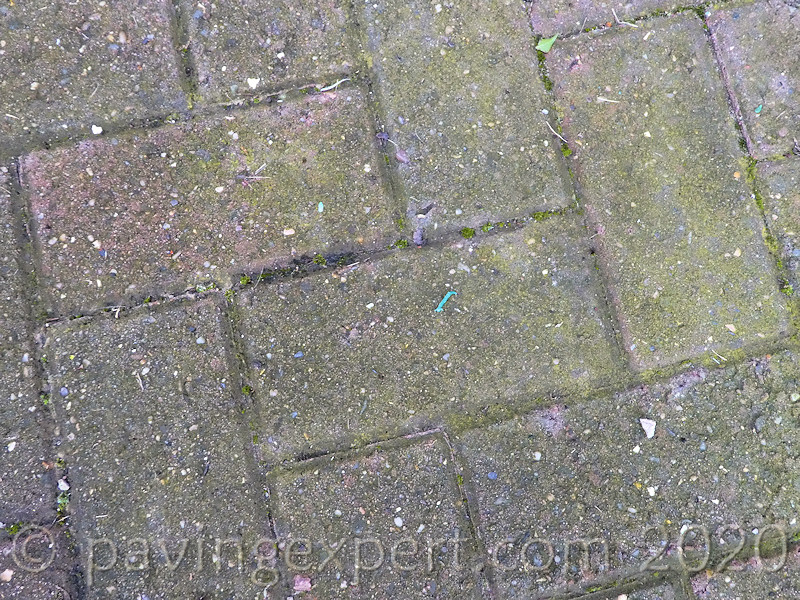
The Biocide Option:
There are several biocides available for cleaning away green algae, some of which are very effective and some of which are…..not. They are also effective against lichens (although the impact can take repeated applications over several months), mosses (always best to scrape off as much as possible before treating) and other vegetation.
The good ones are well worth considering if algae or other greenery is a recurring problem.
North facing sites, those shaded by trees, and locations with very little foot traffic and even less regular maintenance are also good candidates for treating with a biocide. For example, my own concrete block paver driveway is quite heavily shaded so would be colonised by algae and become very dirty looking in just 3-4 months. It became an all-too regular chore to power-wash and then douse with bleach in an attempt to keep it looking semi-reasonable.
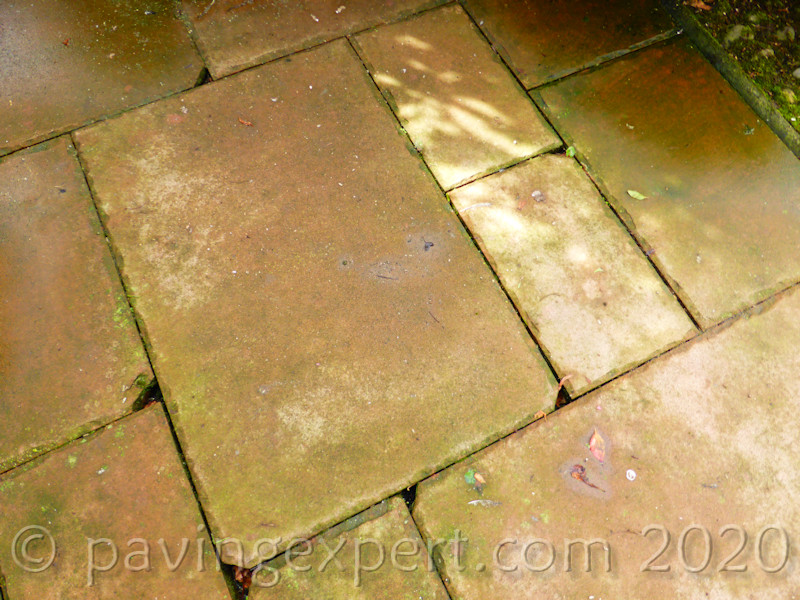
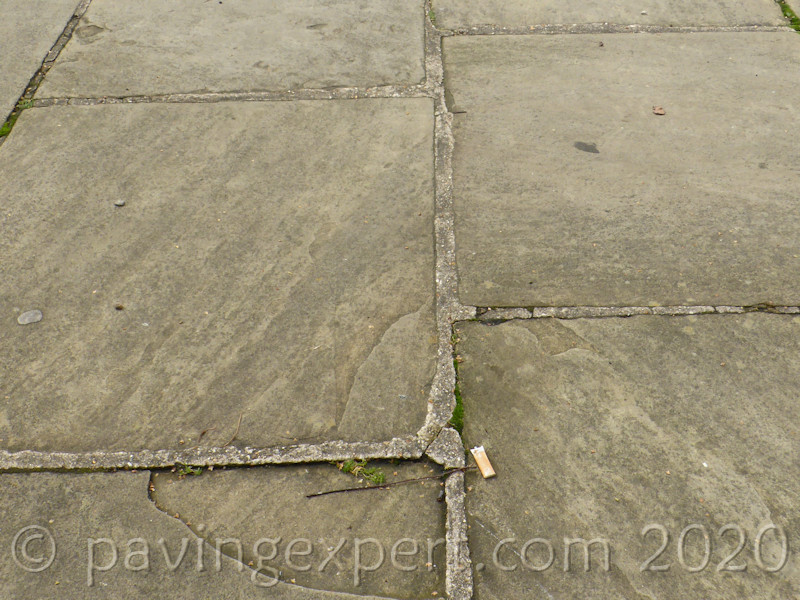
How it's done:
Then I was given a particular biocide to try out and it has resulted in the power-washer being consigned to the back of the shed to collect dust and cobwebs for the past 5 years.
The premise is simple: dilute or mix the biocide with clean water in accordance with the manufacturer’s instructions; spray or sprinkle it on to the surface to be treated; go and put your feet up and treat yourself to a beer for a job well done!
The surface to be treated needs to be dry prior to sploshing it with the liquid death, and it needs to be free from rain or other precipitation for the first 24 hours while jollop embeds itself into the pavement structure, so choose a decent day when conditions are favourable and forecast to remain so.
While the premise may well be simple, some care is needed: in fact, care is essential. The clue is in the name: biocide – life killer. These products will kill whatever they come into contact with, so don’t sprinkle the lawn, the flower beds, the roses, children, etc. And be especially careful if you have an outdoor pond because should these products trickle or be washed into a water feature, they will kill the fish and more-or-less anything else that’s in there.
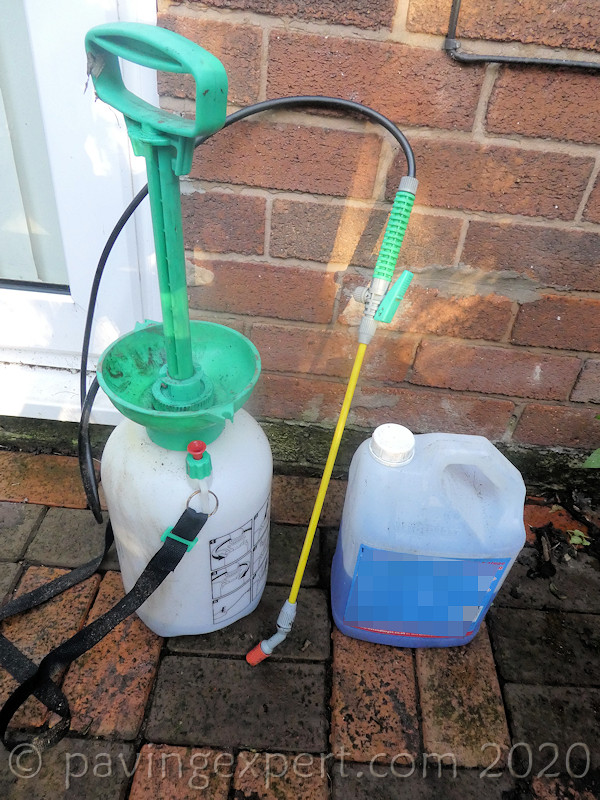
Most are safe for land-based pets as soon as the surface is dry, but RTFM! It’s probably a good idea to cordon off freshly treated areas until they’ve had a chance to dry.
Wear gloves and sensible footwear (not flip-flops nor espadrilles!), make sure arms and legs are covered, and generally don’t be a dick. Aim to thoroughly soak every part of the surface as evenly as possible but try not to allow it pool.
Some products require only a single application; some need a follow-up in 2-6 weeks’ time; all will require re-application in a few months to maintain its effectiveness. Again: RTFM!
These products do not work immediately, nor is it an overnight thing. They work without you actually realising, when you’re not looking, and then, one day about 2-3 months after application, you notice that the surface is looking surprisingly cleaner than you recall. Much cleaner!
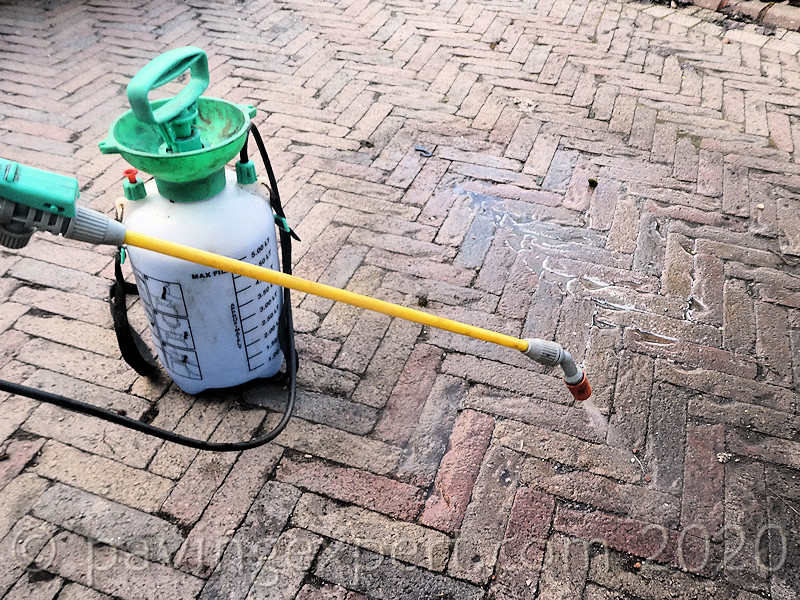
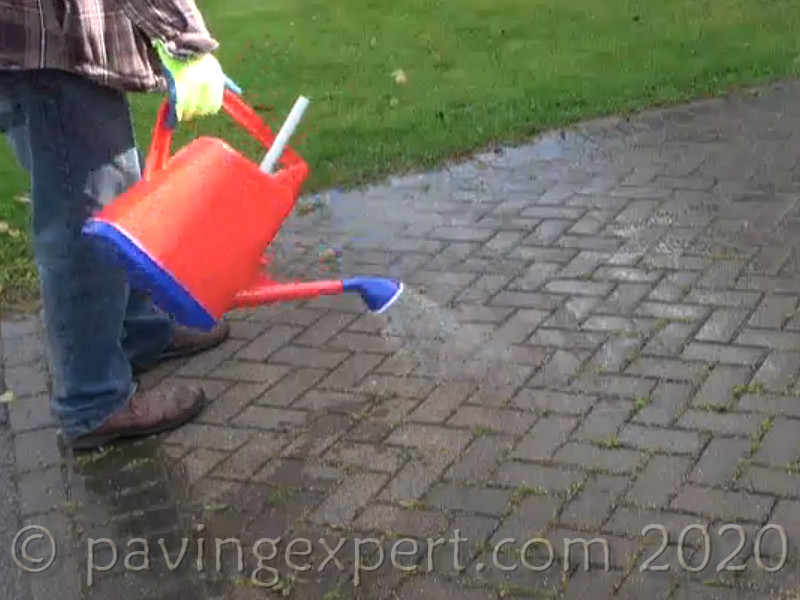
They take time to work. The killer-component (usually some form of benzyl alkaloid) lurks unseen within the paving and poisons the would-be coloniser but does not remove it. For that, you have to rely on the weather. Repeated washing and scouring by rain and wind gradually whisks away the dead algae (and other vegetation) and that takes time.
It pays to be patient. It will work, but it will take a couple of months before you see a beneficial result. Don’t be tempted to accelerate the process by, say, power washing, as this will achieve little other than removing the biocide from where it has established itself within the paving surface.
The good biocides tend to last for around 4-8 months, depending on the substrate and the site. We find the work best on porous surfaces – my own concrete block driveway will fare well for 6 months or so with a single application. Less thirsty surfaces, particularly porcelain, vitrified, ceramic, slate and the like, may see only 3-4 months benefit, and the same is true for recently sealed surfaces – the better quality sealants seem to prevent the biocide entrenching itself.
Patience Pays Off:
With a regular treatment regime (I do mine every 6 months) it’s perfectly possible to have a pavement that looks clean and presentable all year round, and all for relatively low cost and minimal effort. Spending 10-15 minutes spraying my driveway is much less work than wasting an hour or so and getting soaked through using a power washer, as my gormless tw*t of a neighbour chooses to do.
